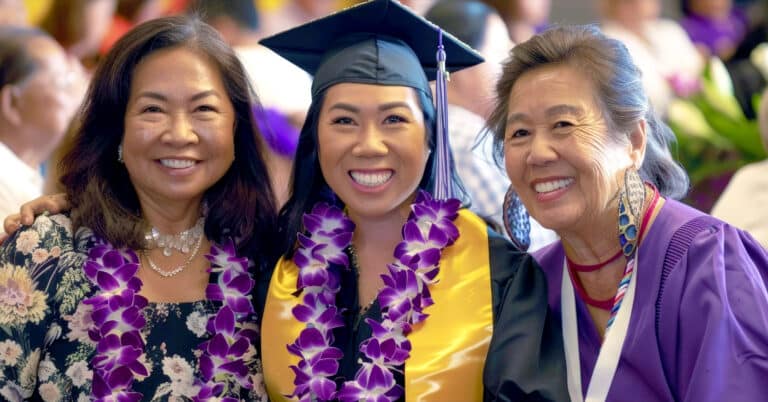When considering whole child approaches to education, the tendency is to focus on the services a district provides to address a broad spectrum of student, family and community needs. Whether they focus on making available health care services, providing food security or addressing any number of other specific needs, these services are at the heart of how many districts ensure students are ready and able to learn.
In addition to providing these vital services, some districts have taken an innovative and expansive look at how their operations, systems, administration and initiatives can support their whole child philosophy, with the goal of facilitating greater educational equity and improved academic performance for each student.
A whole child-focused approach to education has the power to transform the lives of students and their families. Through this approach, schools across Ohio are becoming centers of safety and positivity, where students trust that their needs will be honored and cared for, that they will be challenged to be their best selves personally and academically and that they will be supported no matter their background or circumstances.
KnowledgeWorks is committed to building a learning culture where schools, districts, social service agencies, health care providers, community organizations and others work together to ensure that young people in their communities have every opportunity to thrive.
This story is one in a thematic series that highlights the strategic and practical considerations, challenges and success factors that characterize efforts to comprehensively meet the needs of children in and out of the classroom. Centering on the experiences of six districts located in a diverse array of Ohio communities, these stories show what is possible when we care for our students as people while fulfilling the educational mission of our schools.
Ensuring diversity and equity in schools and classrooms
Although located in a county that consistently falls among the lowest for wealth in Ohio, Athens School District has an ostensibly low number of students who receive free or reduced-price lunches. Dig deeper, though, and it becomes apparent that the divide separating families with low incomes and families with high incomes in the district is extreme.
The extent and severity of these disparities had long been a challenge for the district. A leadership change created an opportunity for the district to place major emphasis on reducing barriers, advancing equity and leveling the playing field for students in district schools.
One of the most fundamental ways the district has actualized its equity priorities is by reimagining attendance patterns at its schools. For many years, the geographically-based attendance patterns meant that certain schools in the district served a disproportionate number of economically disadvantaged students, while others had a disproportionate concentration of more affluent students.
To address these disparities, the district recently reconfigured attendance patterns, built two new preK-3 buildings (each with less than 40 percent of students receiving free and reduced lunch) and renovated another building that serves students in grades 4-6. The goal? Create more socioeconomic balance in its schools and classrooms to ensure that more services are available at more schools and that those services can be most effective.
Enabled by a bond initiative and broad-based coalition of individuals and organizations in the community, this effort has a decidedly academic purpose. Research has repeatedly demonstrated that diverse – socioeconomically, racially, culturally or otherwise – schools and classrooms lead to better academic outcomes for all students. In this vein, Athens’ efforts are showing results. Before the pandemic, ACT scores were improving and, last year, 100 percent of students taking Algebra passed.
Get the full story
Ohio’s whole child-focused approach to education has the power to transform the lives of students and their families. Learn how districts in the state:




